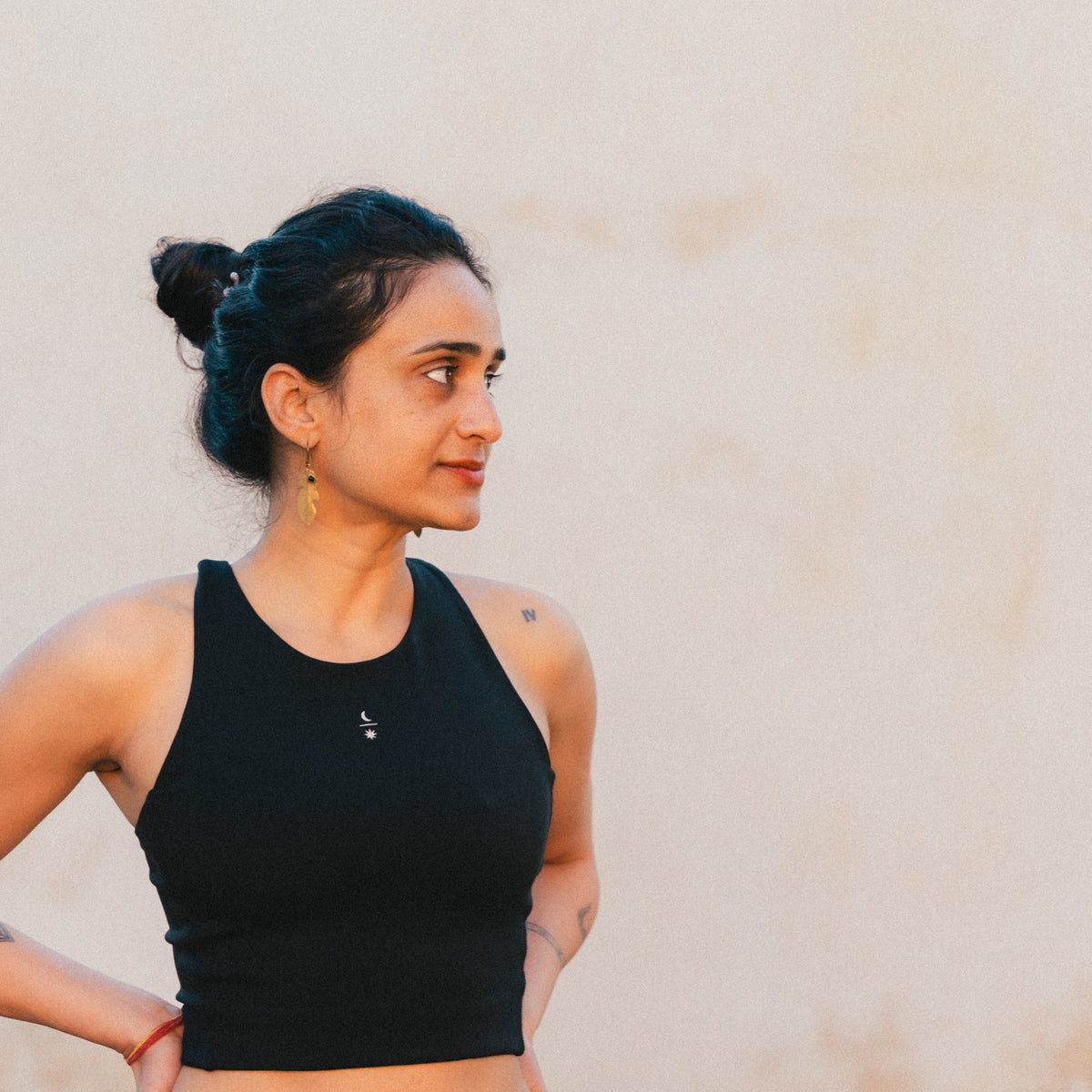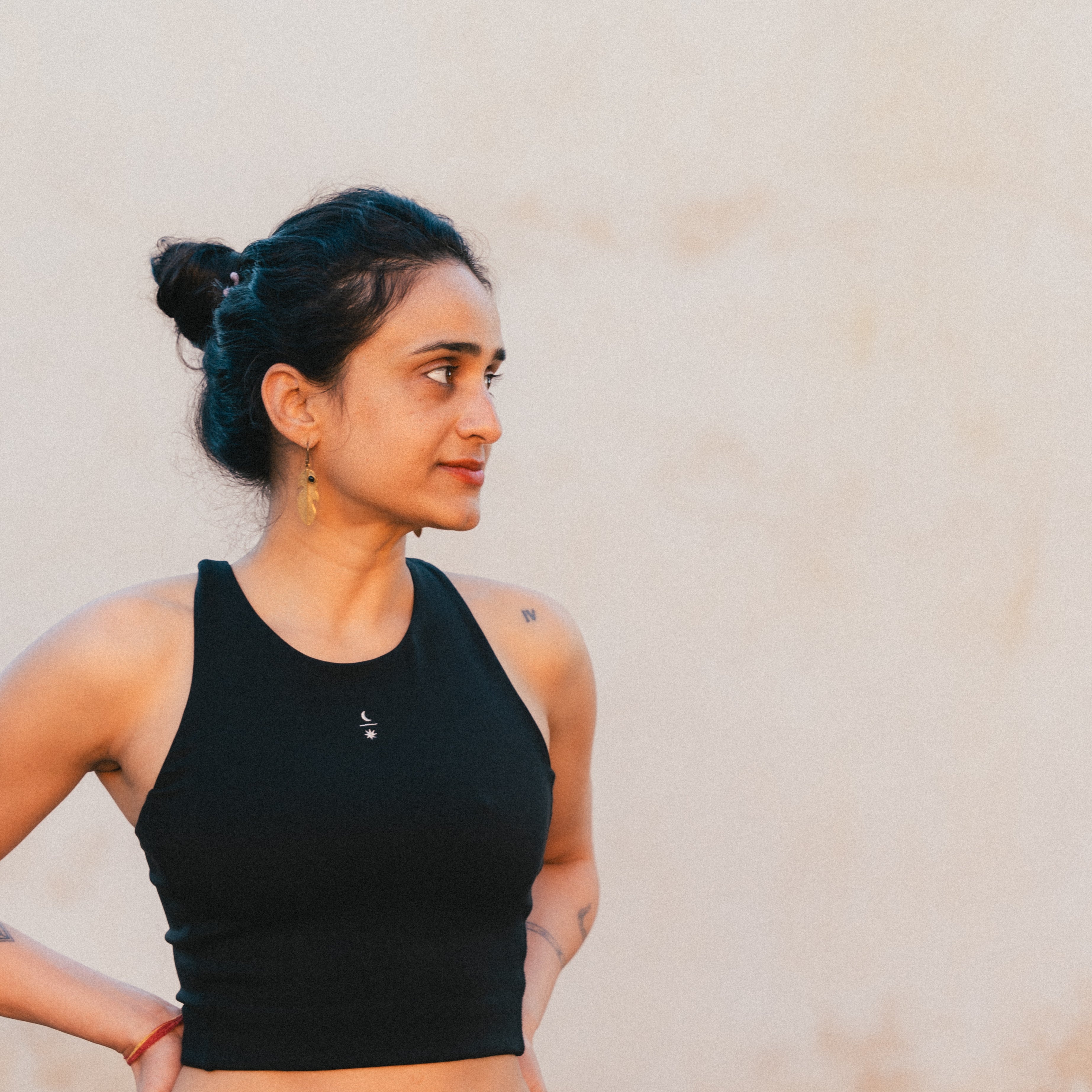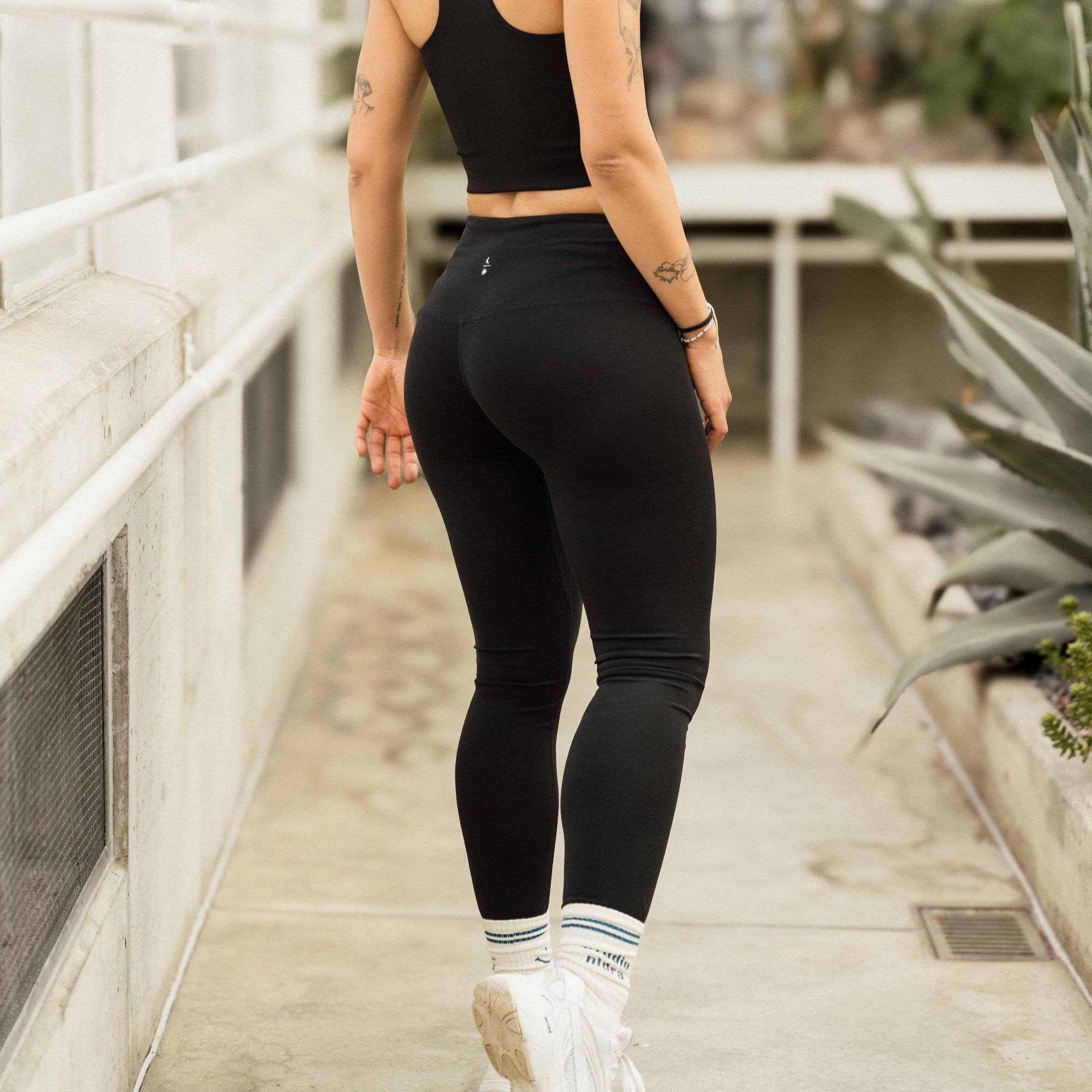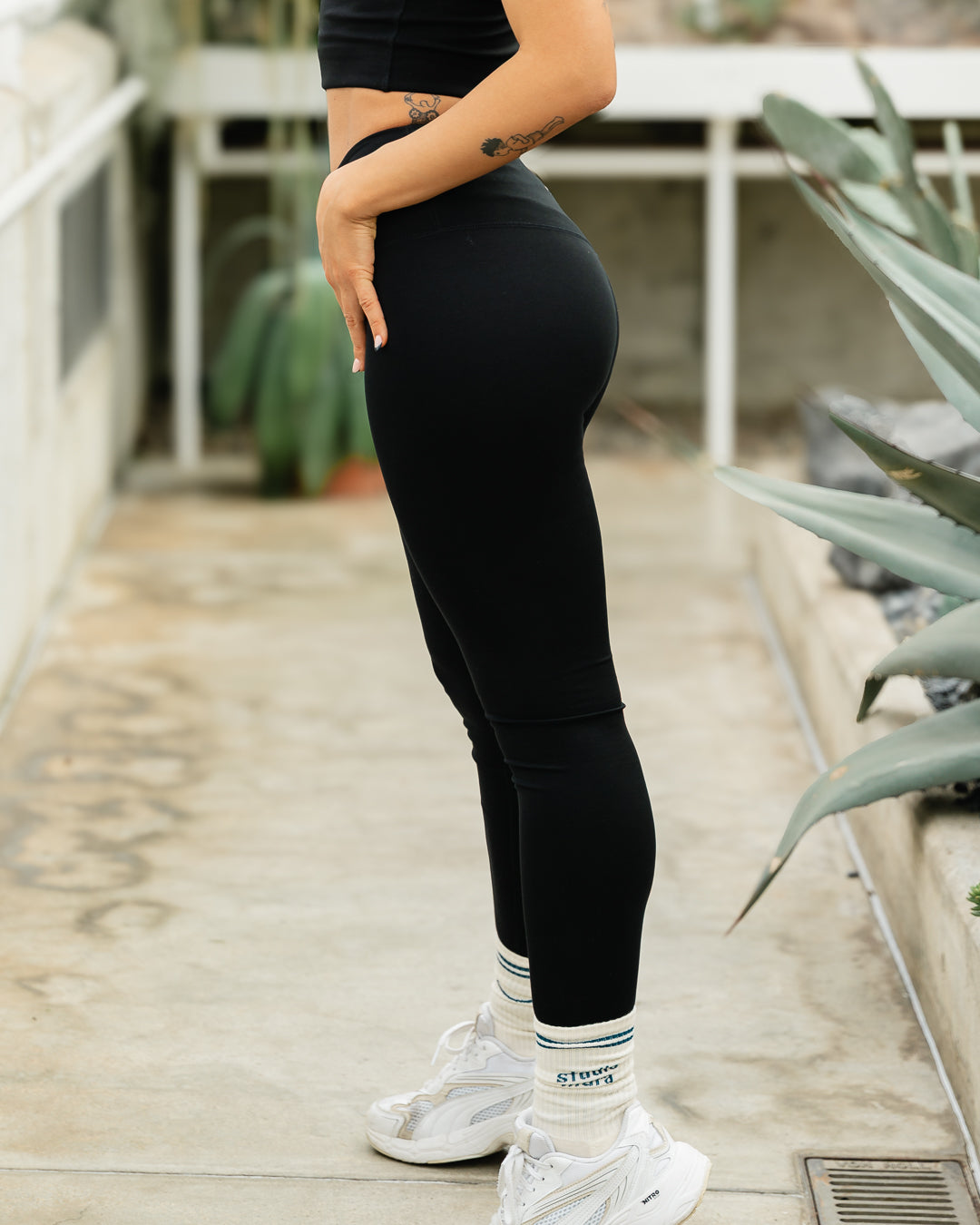Sie haben die Handstände gesehen, die der Schwerkraft trotzen, und die makellosen Tänzerposen.
Aber hier ist ein Geheimnis, das die meisten erfahrenen Yogis kennen:
Es ist egal, wie es aussieht.
Es spielt nicht einmal eine Rolle, welche Pose Sie üben.
Was zählt, ist, wie es sich anfühlt.
Willkommen in der Welt der Asanas. Der körperliche Aspekt des Yoga. Egal, ob du gerade erst anfängst oder deine Unterrichtspraxis verfeinerst: Die Beherrschung der Grundlagen der Ausrichtung und der Grundhaltungen macht deine Praxis nachhaltig, intelligent und verletzungsfrei.
Was ist Ausrichtung wirklich?
Nein, es gibt keine starren Regeln oder universellen Blickwinkel.
Beim Yoga geht es bei der Ausrichtung darum, den Körper so zu positionieren, dass Atmung, Gleichgewicht und langfristige Funktion unterstützt werden.
-
Stabilität vor Dehnbarkeit
-
Bewusstsein statt Leistung
-
Eine Form, die zu Ihrem Körper passt, nicht zum Instagram-Feed von jemand anderem
Kernausrichtungsprinzipien, die Sie tatsächlich verwenden werden
Hier sind 5 Grundlagen für den Aufbau einer dauerhaften Praxis:
-
Wirbelsäule zuerst: Beginnen Sie mit einer neutralen Ausrichtung und Unterstützung durch Ihren Rumpf. Eine gesunde Wirbelsäule ist die Energieautobahn des Körpers.
-
Gelenkstapelung: Knöchel unter den Knien, Schultern über den Handgelenken – wenn relevant, reduziert dies die Belastung und baut effizient Kraft auf.
-
Engagiert bedeutet nicht angespannt: Finden Sie Muskelaktivierung ohne zu greifen (Ihre Gesäßmuskeln müssen nicht in jeder Pose in höchster Alarmbereitschaft sein).
-
Der Atem als Leitfaden: Wenn Sie den Atem anhalten, sind Sie wahrscheinlich zu weit gegangen. Atem = Rückkopplungsschleife.
-
Anpassen > Erzwingen: Requisiten, Variationen und kluge Entscheidungen sind keine Abkürzungen – sie bedeuten fortgeschrittenes Bewusstsein.
Grundlegende Posen in jedem Yoga-Stil
Von Hatha bis Vinyasa gibt es überall Formen, die sich zeigen. Wenn du diese gut lernst, wird alles andere einfacher:
-
Tadasana (Berghaltung): Die Blaupause für die stehende Ausrichtung.
-
Adho Mukha Svanasana (herabschauender Hund): Eine Ganzkörperpose, die als Ruheposition getarnt ist.
-
Bhujangasana (Kobra): Rumpfstabilität trifft auf Wirbelsäulenbeweglichkeit.
-
Virabhadrasana II (Krieger 2): Lehrt geerdete Kraft und Gelenkverfolgung.
-
Sukhasana (leichter Sitz): Hier beginnen viele Kurse und es dient als Spiegel für Ihre Haltung außerhalb der Matte.
Jede dieser Posen vermittelt Bewusstsein, Kraft und Struktur, die sich auf den Rest Ihrer Übungen übertragen.
Requisiten sind kein Betrug
Klötze, Gurte, Polster: Das sind keine Krücken, sondern Brücken.
Sie helfen Ihnen dabei , eine Ausrichtung zu finden, die zu Ihrem aktuellen Körper passt, und nicht zu der, die Sie Ihrer Meinung nach haben sollten.
Bonus: Durch die Verwendung von Requisiten wird die Propriozeption gestärkt – Ihr inneres Gespür dafür, wo Sie sich im Raum befinden. Das ist echte Yoga-Stärke.
Kurz gesagt
Vergessen Sie bildschöne Posen. Asana ist eine Übung der Selbstwahrnehmung, nicht der Leistung.
Wenn Sie von Grund auf neu aufbauen – mit Ausrichtung, Absicht und Zugänglichkeit – wird Ihre Praxis zu etwas Nachhaltigem, Intelligentem und zutiefst Persönlichem.


















